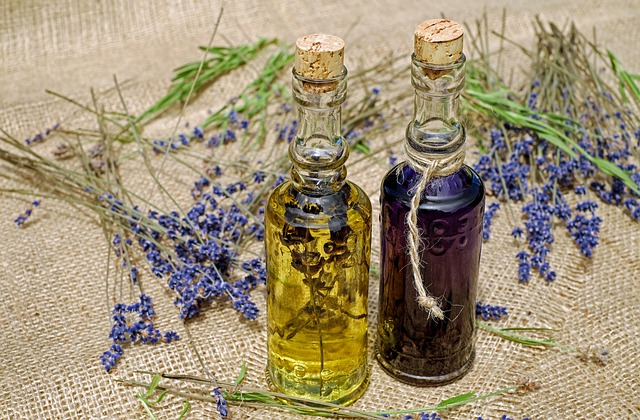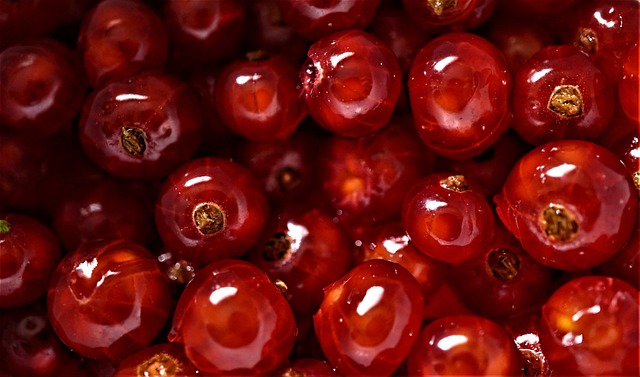Regenerative medicine has introduced innovative anti-inflammatory therapies that offer advanced pain relief and holistic inflammation management. Stem cell therapy, a key approach, utilizes cells with differentiation potential to regenerate damaged tissues and address the root causes of inflammation, potentially reducing reliance on traditional pharmaceuticals. PRP therapy for inflammation harnesses a patient's own platelets to stimulate healing in targeted areas, diminishing inflammation through the body's natural repair processes. Peptide therapy complements these methods by influencing immune pathways to enhance the body's ability to manage inflammation and restore health. These treatments, including stem cell and PRP therapies for inflammation, represent a significant advancement in managing inflammatory conditions without resorting to invasive treatments. They align with the broader objectives of regenerative medicine for inflammation, offering personalized, minimally invasive solutions for chronic pain relief through holistic inflammation management strategies. Peptide therapy further contributes to this paradigm shift by targeting specific protein fragments that inhibit inflammatory cytokines, creating a comprehensive treatment plan that promotes overall health and well-being.
Exploring the realm of non-invasive therapies to soothe inflammation naturally presents a comprehensive approach to managing this common health issue. This article delves into cutting-edge anti-inflammatory strategies, including the innovative applications of regenerative medicine such as stem cell and PRP therapies for inflammation. It also examines peptide therapy’s potential in providing natural relief from inflammatory conditions. Additionally, the integration of holistic strategies offers a complementary approach to traditional treatments, emphasizing dietary adjustments, supplements, and mind-body practices that contribute to overall inflammation management. Furthermore, advanced pain relief treatments represent a significant leap forward in the field, offering new hope for those seeking alternative methods beyond conventional medicine. Join us as we navigate through these non-invasive options, enhancing our understanding of their mechanisms and efficacy in alleviating inflammation naturally.
- Harnessing Regenerative Medicine for Inflammation: Stem Cell and PRP Therapies
- – Exploring the Mechanisms of Stem Cell Therapy for Inflammation
- – The Role of Platelet-Rich Plasma (PRP) Therapy in Managing Inflammation
- – Comparing Efficacy and Outcomes Between Stem Cell and PRP Therapies
Harnessing Regenerative Medicine for Inflammation: Stem Cell and PRP Therapies

In the realm of anti-inflammatory therapies, regenerative medicine has emerged as a beacon of hope for those suffering from inflammation-related conditions. Stem cell therapy for inflammation represents a cutting-edge approach where stem cells are harnessed to repair and replace damaged tissues, offering a potential pathway to alleviate the underlying causes of inflammation. These cells possess an innate ability to differentiate into various cell types, facilitating tissue regeneration and promoting a natural healing response without the need for harsh pharmaceuticals.
Parallel to stem cell therapy, platelet-rich plasma (PRP) therapy for inflammation is another innovative treatment within advanced pain relief options. PRP therapy involves concentrating a patient’s own platelets—known for their rich store of growth factors—and reinjecting them into the affected area. This localized application triggers a natural healing cascade, reducing inflammation and promoting tissue repair. Additionally, peptide therapy for inflammation complements these treatments by targeting specific pathways to modulate the immune response and further mitigate inflammation. By integrating these holistic inflammation management strategies into patient care, practitioners can offer comprehensive solutions that align with the ethos of regenerative medicine for inflammation, fostering a return to health through natural means.
– Exploring the Mechanisms of Stem Cell Therapy for Inflammation

Stem cell therapy for inflammation represents a cutting-edge approach in holistic inflammation management, harnessing the body’s natural healing mechanisms. These versatile cells can differentiate into various cell types, potentially repairing or replacing damaged tissue and modulating the immune response. The anti-inflammatory effects of stem cell therapy are multifaceted; they secrete anti-inflammatory cytokines, which not only reduce inflammation but also promote regeneration of affected tissues. This therapeutic strategy is being explored as an alternative to traditional treatments, offering a more personalized and less invasive path to advanced pain relief.
In parallel with stem cell therapy, platelet-rich plasma (PRP) therapy for inflammation has emerged as another non-invasive treatment within the realm of regenerative medicine for inflammation. PRP harnesses a patient’s own blood components to accelerate healing and relieve pain by delivering a high concentration of growth factors and proteins directly into injured tissue. This autologous approach minimizes the risk of adverse reactions, making it an attractive option for those seeking anti-inflammatory therapies without the need for surgery or harsh pharmaceuticals. Additionally, peptide therapy for inflammation complements these treatments by targeting specific pathways that govern the immune response, further enhancing the body’s natural ability to manage inflammation and restore health.
– The Role of Platelet-Rich Plasma (PRP) Therapy in Managing Inflammation

PRP therapy emerges as a cornerstone in the arsenal of anti-inflammatory therapies, leveraging the body’s own blood components to facilitate healing and reduce inflammation. By isolating platelet-rich plasma from a patient’s blood, this treatment concentrates growth factors and cellular components that are pivotal in tissue repair and regeneration. The application of PRP therapy for inflammation is rooted in its ability to modulate the immune response, thereby soothing inflamed tissues and promoting natural healing without the need for invasive procedures.
Stem cell therapy, another pillar in holistic inflammation management, harnesses the restorative potential of stem cells to address various inflammatory conditions. These versatile cells have the capacity to differentiate into a myriad of tissue types, offering a potent anti-inflammatory effect and encouraging the body’s innate healing mechanisms. When combined with PRP, stem cell therapy can provide advanced pain relief treatments that are both regenerative and non-invasive, making it a compelling option for those seeking effective inflammation management without the typical side effects associated with pharmaceutical interventions.
Peptide therapy for inflammation complements the spectrum of natural anti-inflammatory therapies by utilizing specific protein fragments to target and modulate immune system responses. These peptides can stimulate cell signaling pathways that inhibit inflammatory cytokines, offering a targeted approach to reducing inflammation. When integrated into a comprehensive treatment plan, peptide therapy can enhance the efficacy of regenerative medicine for inflammation, providing patients with advanced pain relief treatments that are both safe and effective.
– Comparing Efficacy and Outcomes Between Stem Cell and PRP Therapies

In the realm of non-invasive therapies designed to soothe inflammation, both stem cell therapy and platelet-rich plasma (PRP) therapy stand out as advanced pain relief treatments within regenerative medicine for inflammation. Stem cell therapy harnesses the body’s own or donor stem cells to regenerate damaged tissues, offering a potent anti-inflammatory effect by promoting tissue repair and reducing the signs of inflammation. This approach is particularly beneficial for conditions where the healing process has been compromised, such as in chronic injuries or degenerative diseases. On the other hand, PRP therapy utilizes a concentrated dose of a patient’s own platelets, rich in growth factors, to naturally stimulate and accelerate the body’s repair mechanisms. Clinical studies have shown that both therapies can lead to significant improvements in pain and function; however, the efficacy and outcomes may vary depending on the individual patient, the type of inflammation, and the underlying condition being treated. Peptide therapy for inflammation is another emerging option that leverages specific peptides to modulate the immune response, potentially offering a complementary approach to managing inflammatory conditions holistically. This form of treatment is part of a broader shift towards holistic inflammation management, which aims to address the root causes of inflammation while minimizing side effects and promoting overall health.
In conclusion, the exploration of non-invasive therapies to manage inflammation offers a promising horizon for those seeking natural and effective solutions. The article has delved into the transformative potential of regenerative medicine through stem cell and PRP therapies, highlighting their mechanisms and the comparative benefits they bring. These advanced pain relief treatments, including peptide therapy for inflammation, represent significant advancements in holistic inflammation management. As we look to the future, it is clear that anti-inflammatory therapies will play a pivotal role in providing alternative and effective interventions beyond traditional medicine. Embracing these innovative approaches not only aligns with the growing demand for minimally invasive procedures but also underscores the commitment to improving quality of life for those affected by inflammation.
